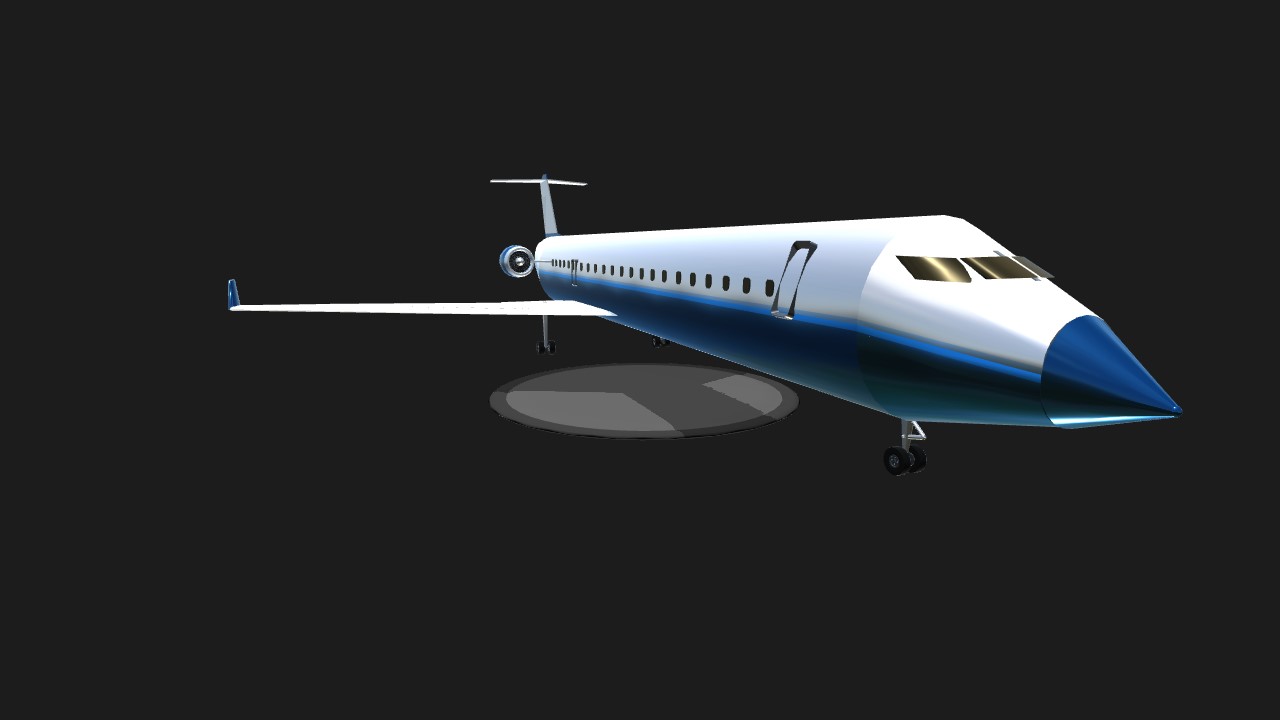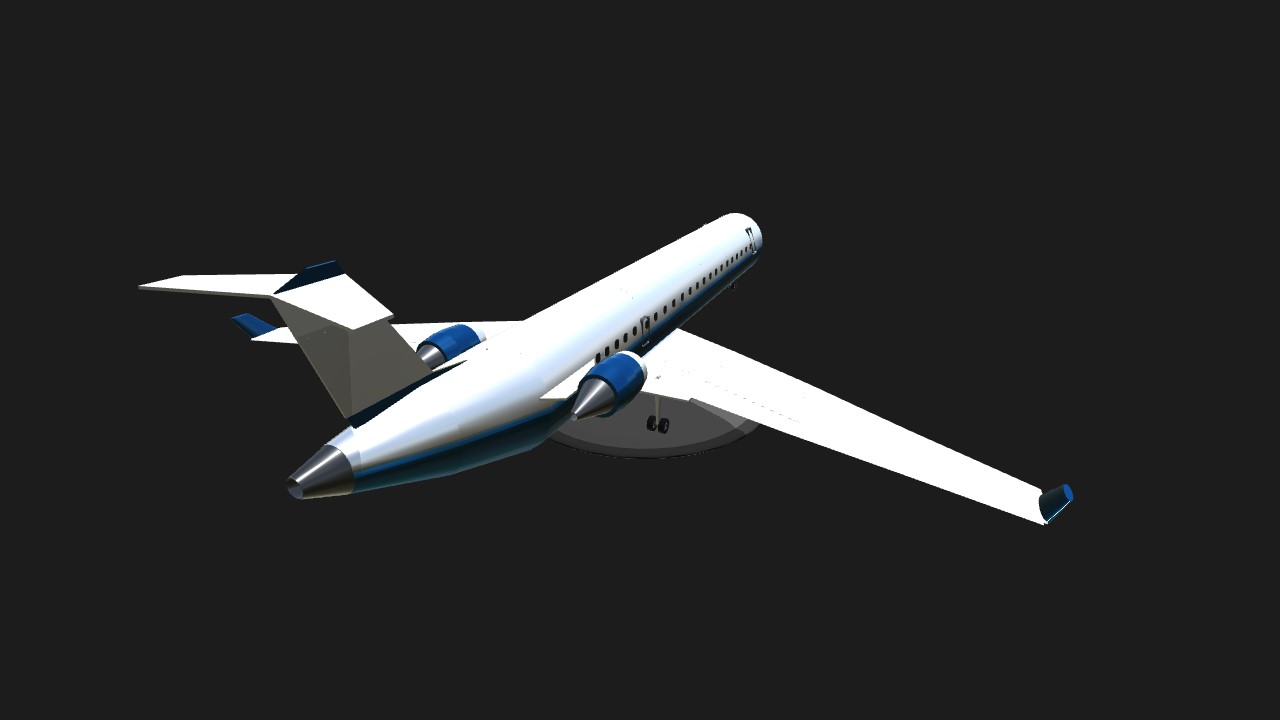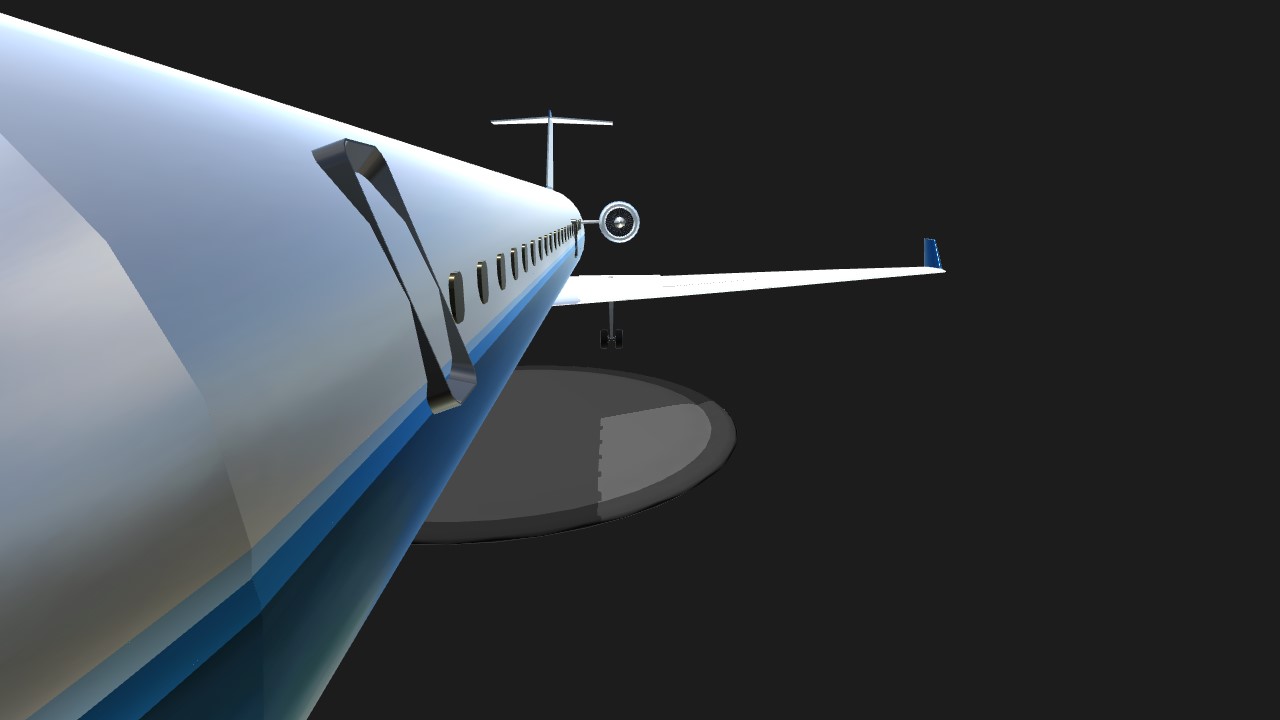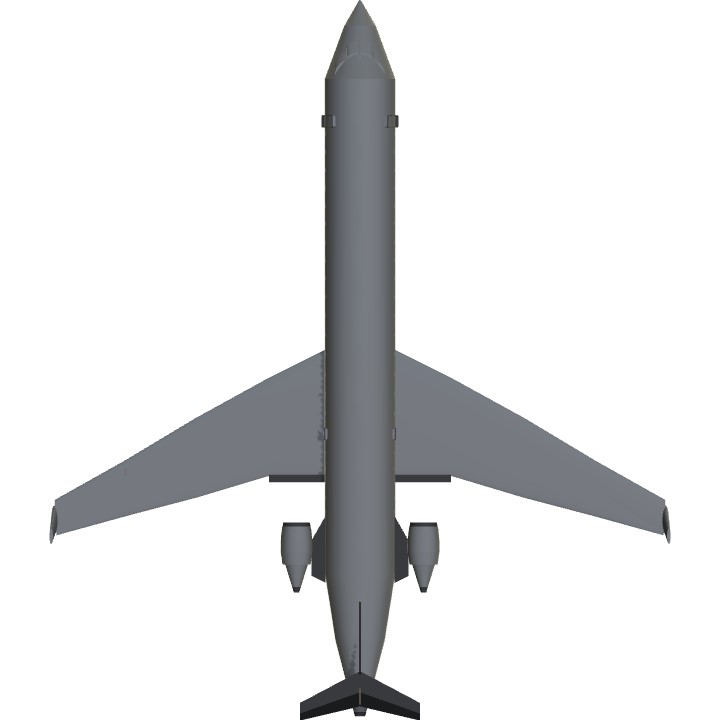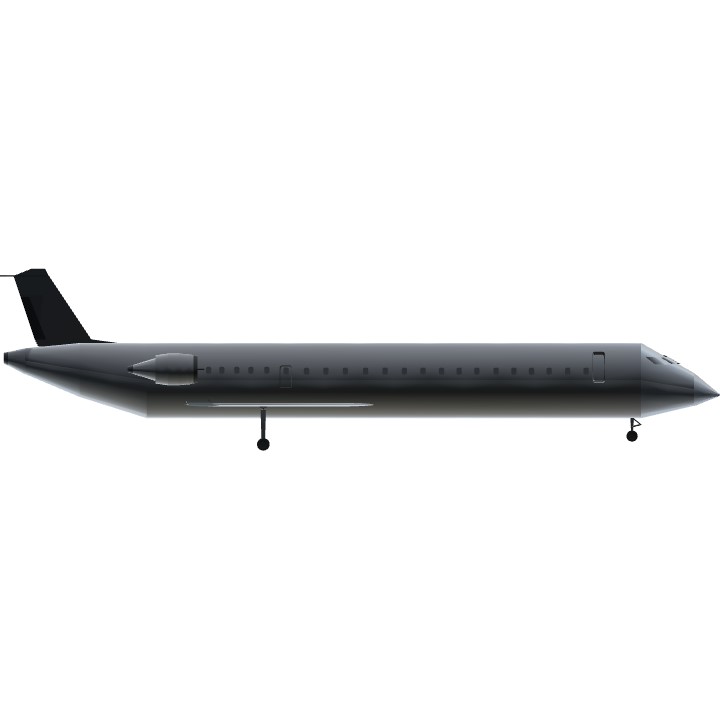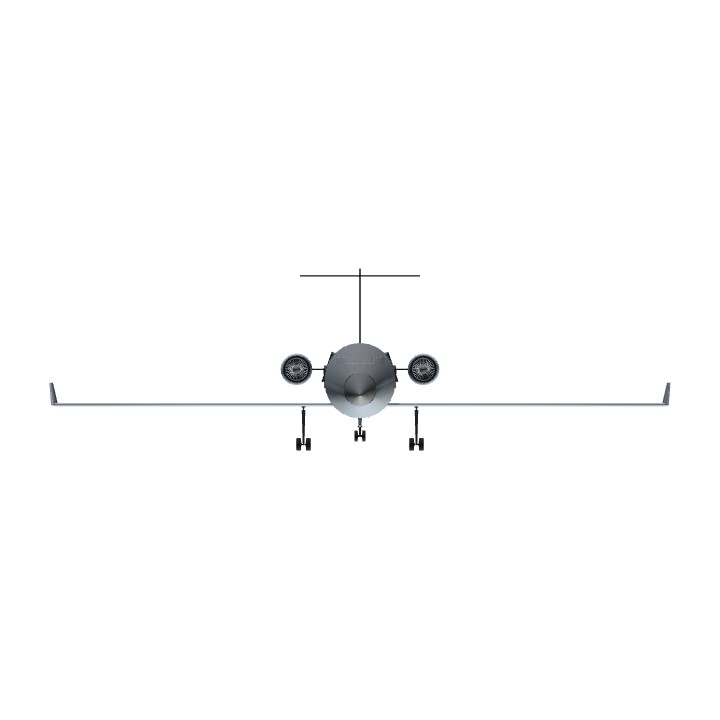Design work on the CRJ700 by Bombardier started in 1995 and the programme was officially launched in January 1997.[11] The CRJ700 is a stretched derivative of the CRJ200. The CRJ700 features a new wing with leading edge slats and a stretched and slightly widened fuselage, with a lowered floor. Its first flight took place on 27 May 1999.[11] The aircraft's FAA Type Certificate designation is the CL-600-2C10.[12] The CRJ700 first entered commercial service with Brit Air in 2001.[11] Seating ranges from 63 to 78. The CRJ700 comes in three versions: Series 700, Series 701, and Series 702. The Series 700 is limited to 68 passengers, the 701 to 70 passengers, and the 702 to 78 passengers. The CRJ700 also has three fuel/weight options: standard, ER, and LR. The ER version has an increase in fuel capacity as well as maximum weight, which in turn increases the range. The LR increases those values further. The executive version is marketed as the Challenger 870. The CRJ700 directly competes with the Embraer 170, which typically seats 70 passengers.[13] The early build aircraft were equipped with two General Electric CF34-8C1 engines. However, later build aircraft are now equipped standard with the -8C5 model, which is essentially an uprated 8C1. Most airlines have replaced the older engines with the newer model, while a few have kept the older -8C1 in their fleet. Maximum speed is Mach 0.85 (903 km/h; 488 kn) at a maximum altitude of 12,500 m (41,000 ft). Depending upon payload, the CRJ700 has a range of up to 3,620 km (2,250 mi) with original engines, and a new variant with CF34-8C5 engines will have a range of up to 4,660 km (2,900 mi). Definition from Wikipedia. VTOL for flaps. Credit to QingyuZhou for the engines and gear.
Specifications
General Characteristics
- Predecessor Bombardier CRJ-700
- Created On Windows
- Wingspan 144.4ft (44.0m)
- Length 167.3ft (51.0m)
- Height 42.1ft (12.8m)
- Empty Weight 92,543lbs (41,976kg)
- Loaded Weight 202,491lbs (91,848kg)
Performance
- Power/Weight Ratio 0.332
- Horse Power/Weight Ratio 0.002
- Wing Loading 81.5lbs/ft2 (398.1kg/m2)
- Wing Area 2,483.7ft2 (230.7m2)
- Drag Points 45377
Parts
- Number of Parts 172
- Control Surfaces 5
- Performance Cost 1,075

